From a poor fishing village to a thriving one thanks to infrastructure and trillion-dollar projects
In the world , there is no shortage of famous coastal cities, such as Rotterdam in the Netherlands, Shenzhen, Shanghai in China, or Singapore,... The common point of these cities is the possession of large-scale seaports, thereby forming international logistics centers.
In Vietnam, some famous coastal cities such as Da Nang and Hai Phong continue to be one of the growth engines of the Vietnamese economy . In addition, some other coastal cities such as Ca Na (Khanh Hoa) are growing, with the potential to become an important link in the global maritime route, qualified to enter the orbit of a new generation port city.

In fact, about a decade ago, Ca Na was still a coastal fishing village. However, today, this locality is benefiting strongly from infrastructure and planning. Thanks to that, this locality has attracted a number of "eagles" to nest.
At the seminar "Ca Na sea-facing real estate, offshore urban areas with international commercial ports" held on the afternoon of November 21, Mr. Bui Van Doanh, Director of the Vietnam Real Estate Research Institute, said: Ca Na has 3 outstanding advantages.
First is the sea. This land borders a beautiful coastline with clear blue water, formerly located in Ninh Thuan and now in South Khanh Hoa, benefiting from the marine economy and tourism in Khanh Hoa, while still maintaining a pristine environment.
The second is the planning advantage of the "white land". Ca Na has a large, clean land fund without overlap, allowing for the development of a modern, ecological, smart urban area, combining industry, marine services, logistics centers and clean energy.
Third is the advantage of infrastructure. Ca Na's infrastructure is being invested synchronously with National Highway 1A, in the future there will be a high-speed railway, a route connecting to the North-South Expressway, especially with the international maritime route... which are the "blood vessels" connecting the region.
“I think that with the mixed-use seaport area now in phase 1 and phase 2 soon to be implemented, Ca Na's seaport vision will reach international levels, not just domestic ones,” said Mr. Doanh.
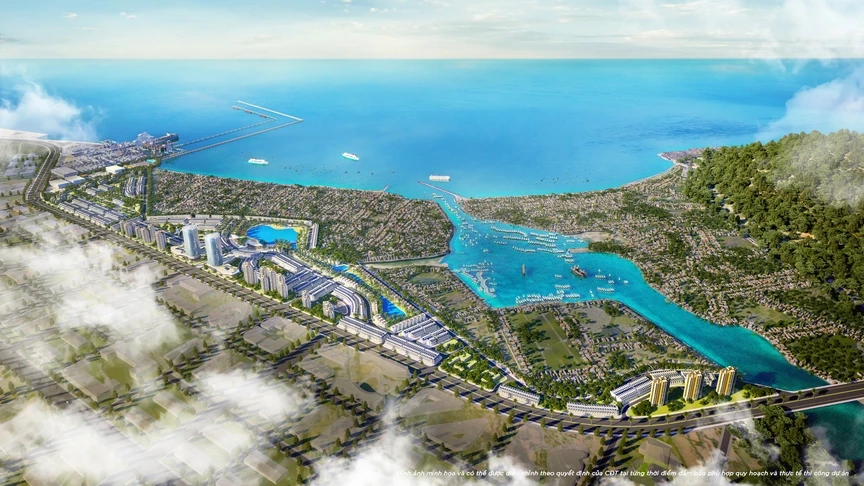
Seeing the potential of Ca Na, some businesses have sought investment opportunities in this area. Mr. Kieu Anh Tuan, Vice Chairman of the Board of Directors and General Director of ACT Holdings, shared: The initial impression when deciding to invest in this land is still quite wild, home to about 32,000 residents working in fishing with 500 fishing boats.
However, the more he researched, the more he realized that the South Khanh Hoa region possessed great potential. First was the deep-water seaport, one of the most important seaports in the country. Next was the expressway connecting the Central Highlands directly with Ca Na port, which had been deployed, with the last 13km nearing completion, promising to open up strong economic development opportunities for the region.
The second potential is the 1,500 MW LNG power complex, with a total investment of VND57,000 billion, currently calling for strategic investors.
The third is a high-tech industrial park with a total capital of nearly VND3,900 billion, expected to operate from 2028, focusing on many high-tech fields, including the semiconductor industry, requiring a highly skilled workforce and a team of quality experts.
“These three factors are the important driving forces behind ACT Holdings' decision to invest in Ca Na,” said Mr. Tuan.
After the province merger, Ca Na is like a "tiger with wings"
Meanwhile, Mr. Nguyen Van Dinh, Chairman of the Vietnam Association of Real Estate Brokers (VARS), said: After the merger, Khanh Hoa province has a great advantage, extending the sea value from North Van Phong to the South, which is the old Ninh Thuan.
Previously, Khanh Hoa was the key economic center of the South Central region, while Ninh Thuan had the highest economic growth rate in the region. Merging these two provinces helps double the advantage, turning South Khanh Hoa into a new growth pole.

According to him, despite its rapid growth rate, Ninh Thuan is considered a province with many difficulties and harsh natural conditions. However, it is the harshness of nature that has created opportunities for this locality, which is the sun and wind. This is the resource to exploit clean energy.
“The problem is to determine strategies and goals to exploit investment and turn regional advantages into growth drivers,” said Mr. Dinh.
Assessing growth prospects, according to Dr. Nguyen Van Dinh, Ca Na converges three main development drivers.
The first is the macro-economic motivation. Ninh Thuan before the merger was in the high economic growth group, GRDP 2024 reached 8.74%, in the top 10 localities attracting FDI, with the orientation of developing clean industry, high technology, energy and logistics.
The second is infrastructure motivation. Ca Na currently owns Thanh Son dual-use airport, Cao Lam - Vinh Hao expressway connecting to growth poles such as Nha Trang, Ho Chi Minh City, and Ca Na general seaport.
Third is the driving force from the potential of industry - energy - logistics. Trung Nam Ca Na International Port is expected to become an international super-heavy port, Ca Na Industrial Park is in the top 3 of attracting investment in Khanh Hoa, along with a series of large-scale energy projects such as gas power plants, nuclear power plants...
“These drivers will promote economic development, regional trade, attract large investment capital flows, create jobs, and at the same time attract experts, engineers, and technical workers to live in the seaport-industrial cluster area,” Mr. Dinh emphasized.
Source: https://congluan.vn/ca-na-tu-lang-chai-kho-khan-tro-thanh-do-thi-bien-nho-ha-tang-va-du-an-nghin-ty-10318725.html


![[Photo] Next to the "mountain of trash" after the flood, Tuy Hoa residents strive to rebuild their lives](/_next/image?url=https%3A%2F%2Fvphoto.vietnam.vn%2Fthumb%2F1200x675%2Fvietnam%2Fresource%2FIMAGE%2F2025%2F11%2F24%2F1763951389752_image-1-jpg.webp&w=3840&q=75)

















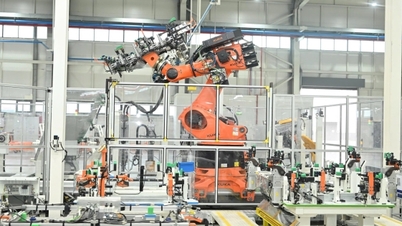


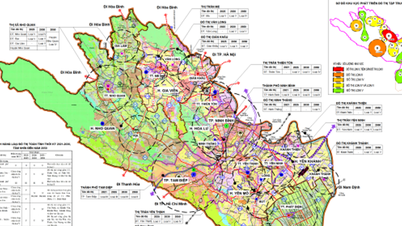
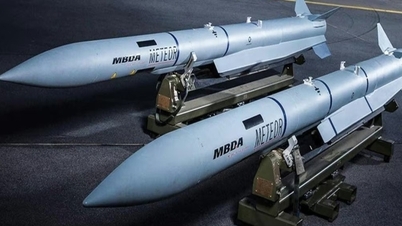







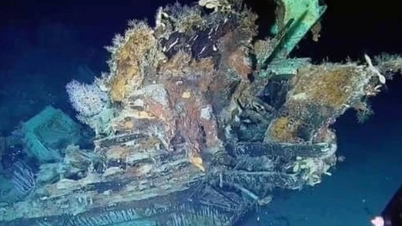

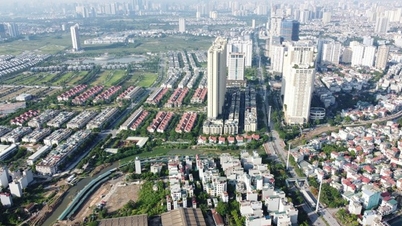






















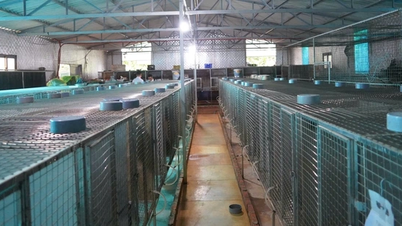


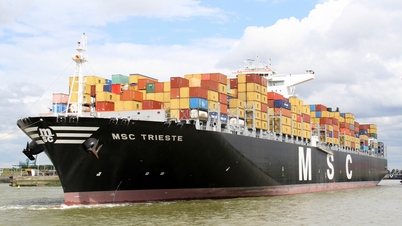















![[Photo] General Secretary To Lam attends the National Conference to review the Party's inspection, supervision and discipline enforcement work in 2025 and the 13th Congress term](https://vphoto.vietnam.vn/thumb/402x226/vietnam/resource/IMAGE/2025/11/24/1763967570884_anh-man-hinh-2025-11-24-luc-13-59-19.png)
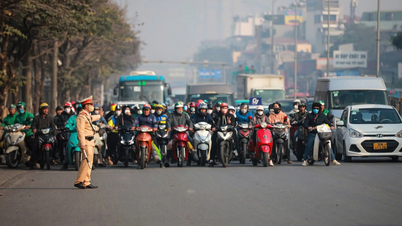








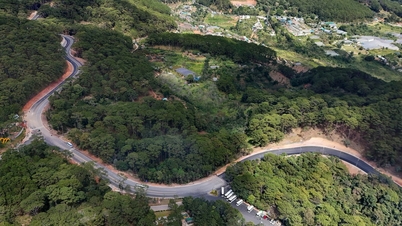







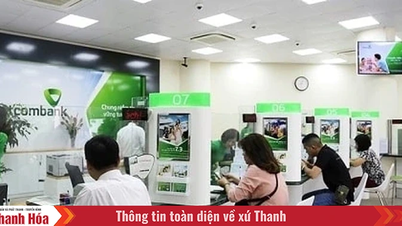













Comment (0)